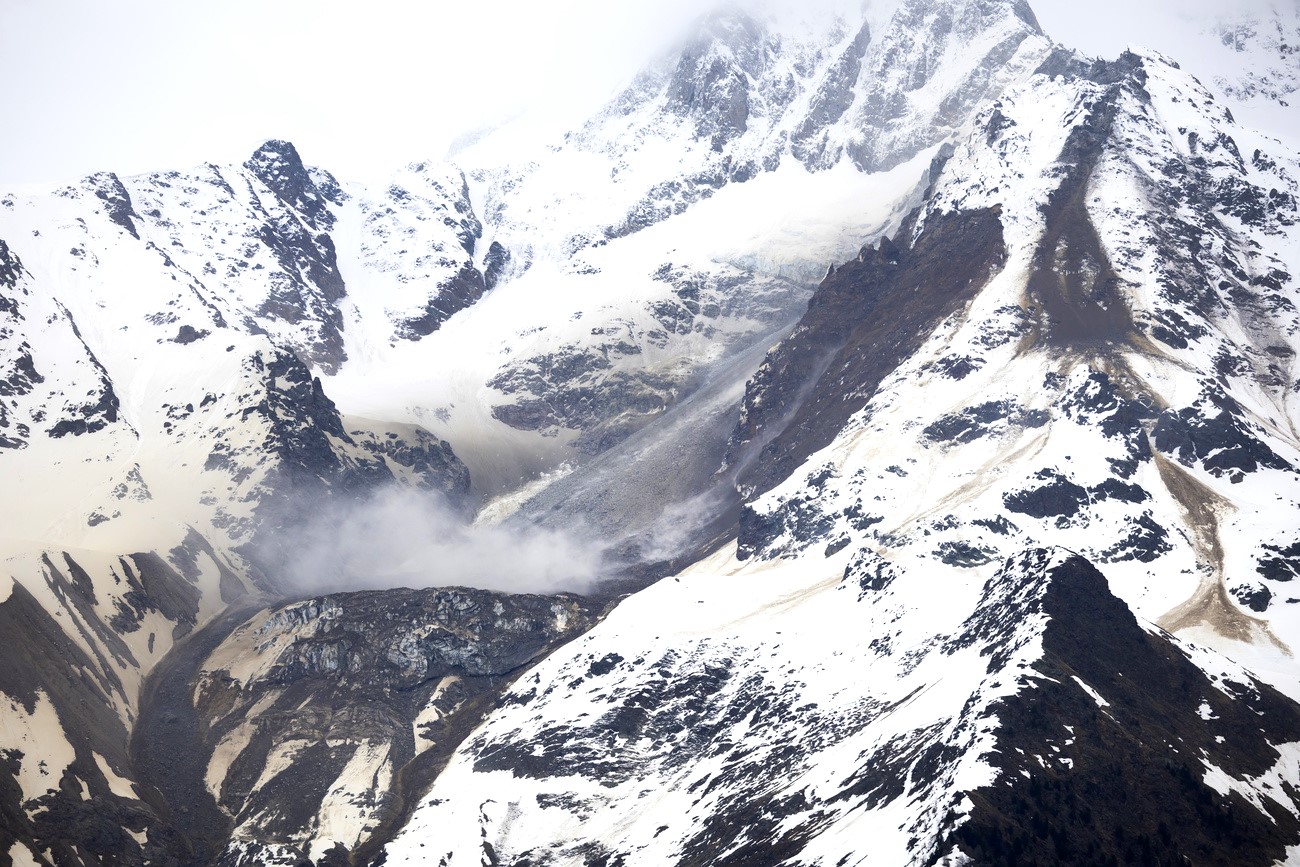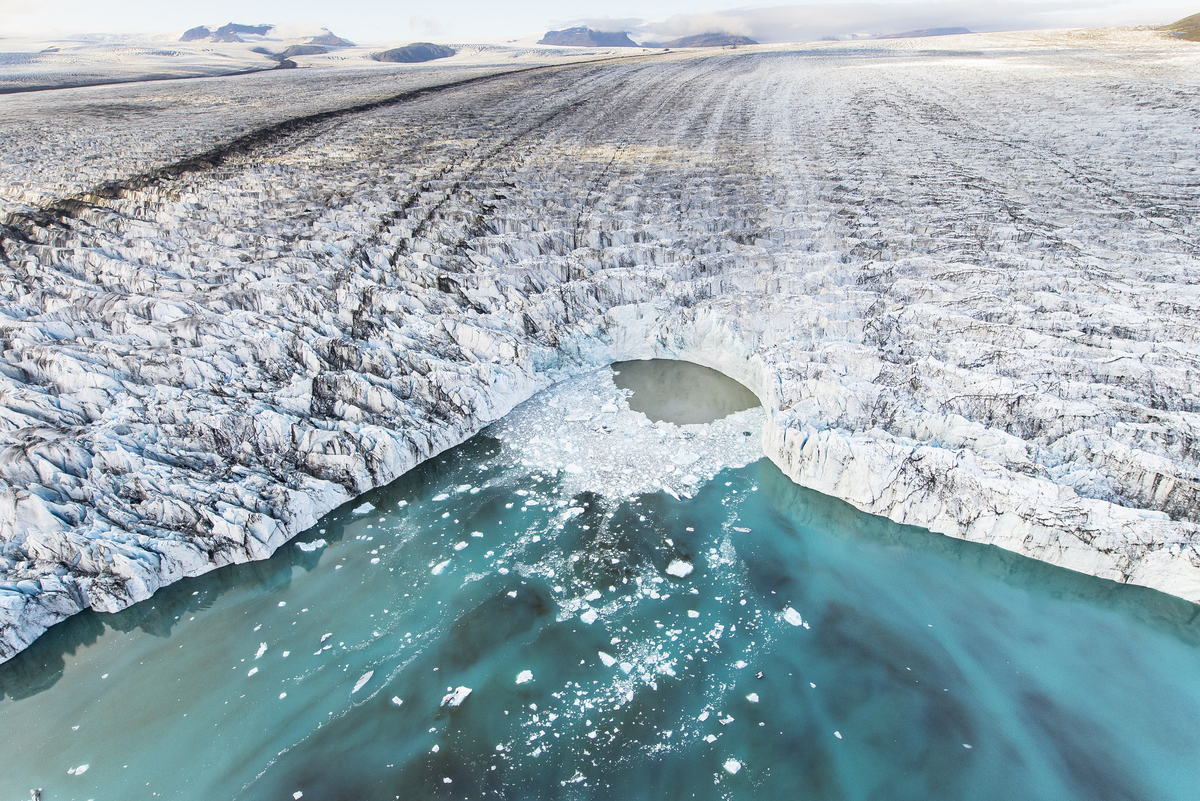They came, they saw, they recommended

Jean and Ernest Agard Evans, who moved to Switzerland during the golden age of Swiss tourism, may not have done any conquering but they were emblematic of an epoch.
Like other English travellers they were drawn to the Alps but, unlike the others, they stayed to make a living: extolling the virtues of Switzerland in their guidebooks.
An exhibition in the village of Bulle in canton Fribourg is showcasing, through the perspectives of Jean and Ernest Agard Evans, the passion English people had for Switzerland and the Alps at the end of the 19th century and the first half of 20th century.
The couple arrived in Lausanne in 1899 during the first period of mass tourism to Switzerland.
“Many English came and they weren’t just aristocrats or rich members of the bourgeoisie,” Christophe Mauron, the exhibition’s curator told swissinfo.
“The Agard Evanses were alpinists, but by 1899 most of the Alps had already been conquered and in this they did not play a pioneering role.”
While Jean and Ernest were not rich, they were far from being poor, according to their granddaughter, Stella Bonnet-Evans, who lives in nearby Gruyère.
“They were landed gentry and had a certain amount to live on, which came from a pretty high stipend from land in the north of England and Scotland. This enabled them to live in Switzerland more comfortably than in England because of a favourable exchange rate,” she said.
Plan
But Ernest also worked for a living. He arrived in Switzerland with an idea: publishing guidebooks for English-speaking travellers.
His previous job was with a British company specialising in guides on firms and business hotels and his experience there inspired him to launch two types of guidebooks.
“Twentieth Century Health and Pleasure Resorts of Europe” was a compilation of hotel descriptions, which included commentary on transport, accommodation reviews and practical tips.
The other was a commercial guide for businessmen. The huge red leather tomes were modelled on the pioneering Murray Guides, the first modern guidebook series. They were later joined by pocket-sized guides.
For over 40 years, the guidebooks were published more or less at regular intervals. Financed by advertising, they were distributed free in England, the United States and New Zealand.
“To be mentioned in the books, you had to meet exacting standards in hygiene, hotel activities and leisure. My grandparents themselves stayed in these places – they always said that you got a better feel of the place when you slept there,” Bonnet-Evans said.
Mauron points to a page in one of the guidebooks and then to a watercolour on a wall.
“Here’s an entry on a Locarno hotel and there you have the watercolour that Jean painted of the view from her hotel window on the lake,” he said.
Indeed a number of Jean’s watercolours are on display, forming a pictorial diary of her life in Switzerland. Both Bonnet-Evans and Mauron concede that they are “photographic” in nature rather than showing great artistic talent.
Reconstruction
That the couple led a charmed life among the Lausanne expat community is brought to life by a reconstruction of their salon.
“The intention is to show what an easy life [they initially had], with a busy social life, where friends met regularly, played bridge and took tea,” Mauron explained.
Nearly all the furniture is original and was stored with other mementoes by the couple’s descendants.
Also on display are a pair of skis from the Alpine Museum in Zermatt. A family rumour has it that Jean and Ernest introduced the skis to Switzerland after discovering them in Norway. They gifted them to Alexander Seiler, the famous Zermatt hotelier.
But life was not all rosy. The publishing industry was badly affected by the First World War and English travellers stopped coming to Switzerland.
The Agard Evanses’ own son was sent to the front as a standard-bearer for Britain. He died in Iraq and the flag he carried, riddled with bullet holes, is on display.
swissinfo, Faryal Mirza in Bulle
The exhibition will run until October 2006 at the Gruyère Regional Museum in Bulle.
On display are a number of curiosities from the Agard Evanses’ life, including photographs, Jean’s watercolours, diaries and reconstructions of the salon and office of their Lausanne flat.
More of Jean’s watercolours are being shown in Bulle’s Trace Ecart Gallery in an accompanying exhibition.

In compliance with the JTI standards
More: SWI swissinfo.ch certified by the Journalism Trust Initiative










You can find an overview of ongoing debates with our journalists here . Please join us!
If you want to start a conversation about a topic raised in this article or want to report factual errors, email us at english@swissinfo.ch.